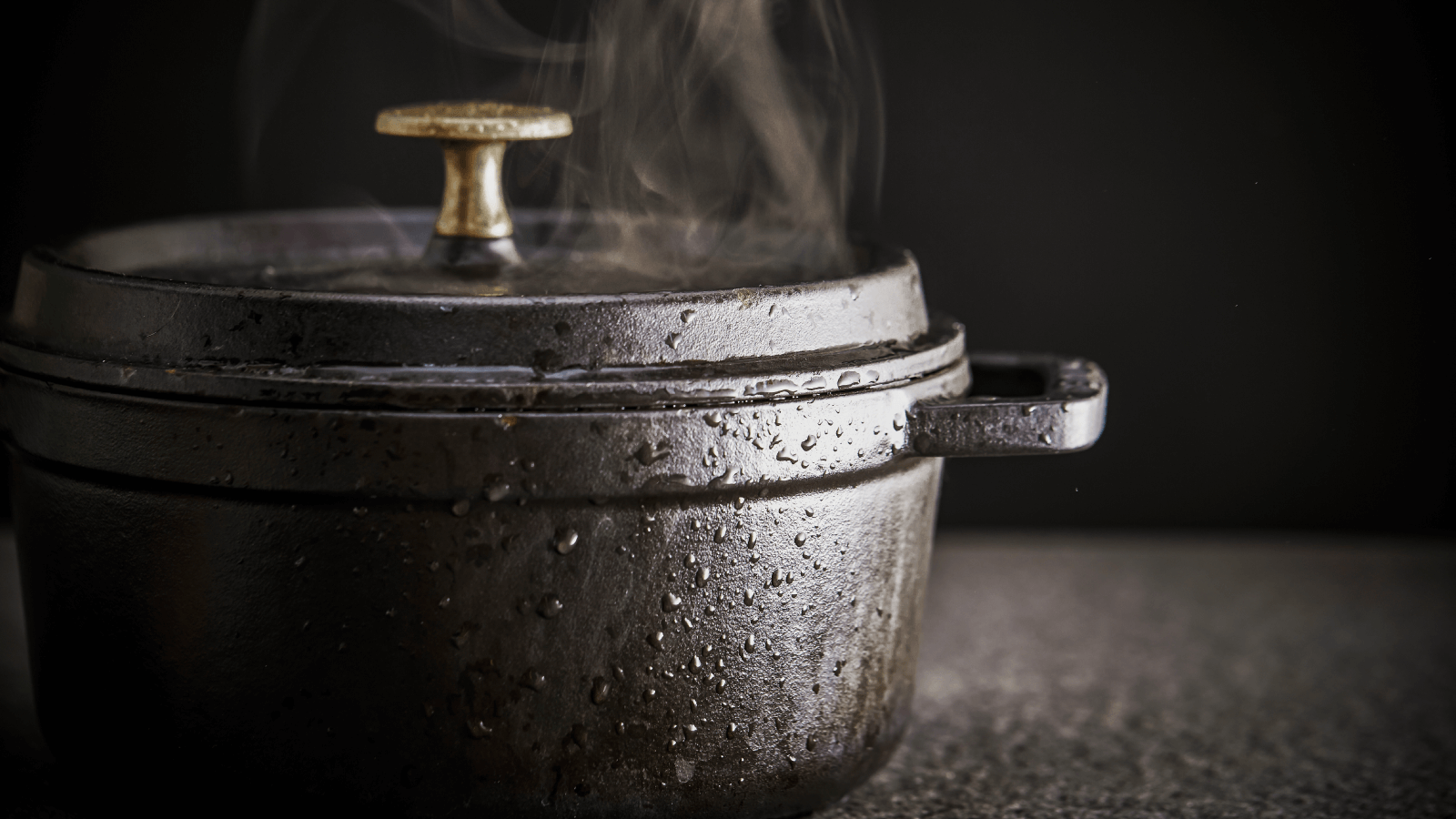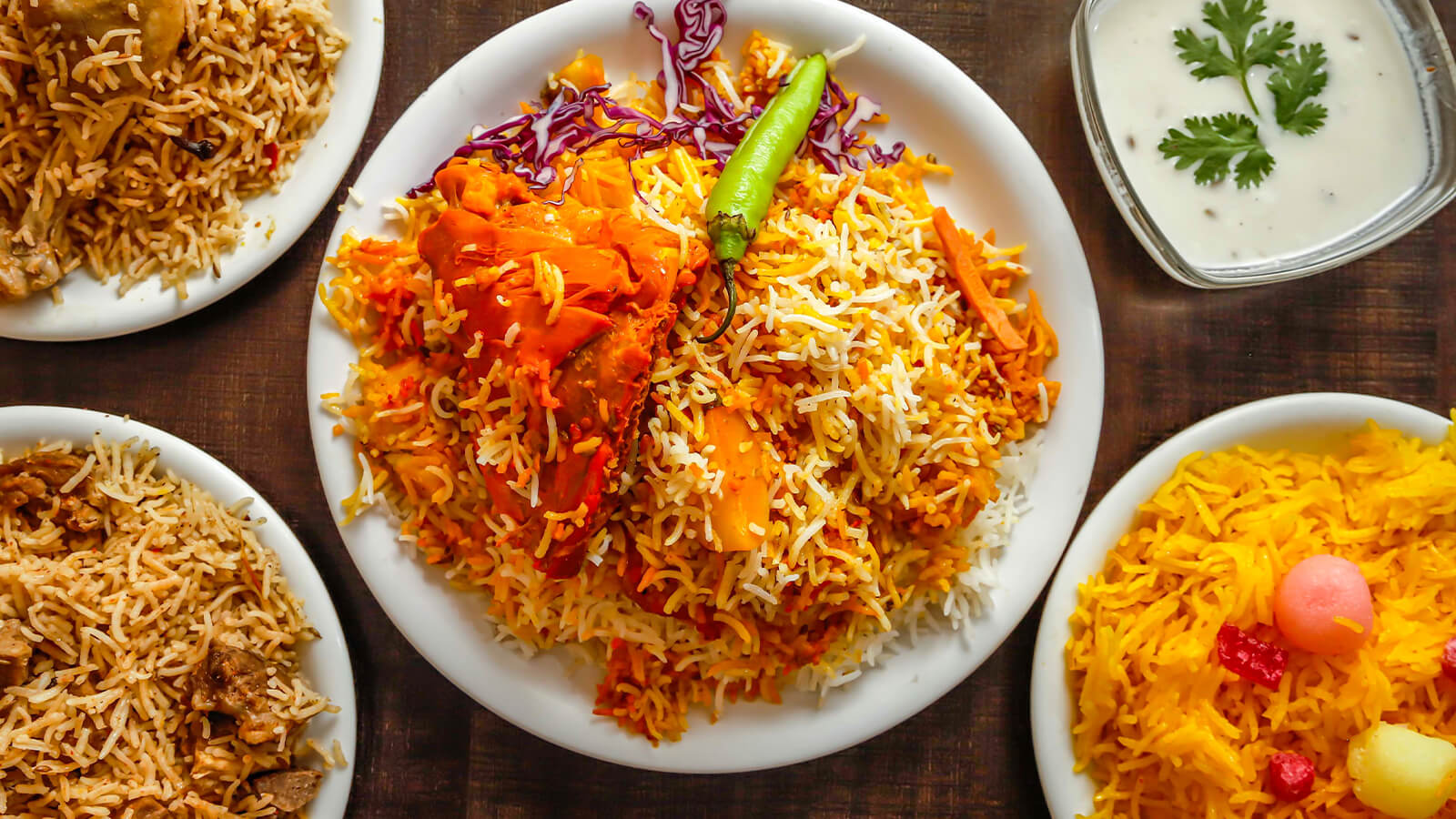What’s in the Pot? A deep dive into the history & cultural relevance of pot cooking.

Due to the Coronavirus pandemic, for most people, the last year was the most amount of time they have ever spent inside. For others, it was the year with the most amount of takeout ordered or the most amount of TV watched. While some people have discovered a new appreciation for cooking or baking while being stuck at home, others are itching to go back to safe and comfortable restaurant dining. As we reflect on the way food habits have changed in the last year, it is compelling to look at how food habits have changed throughout history.
The Netflix show ‘Cooked’ (2016), discusses the ways that food and cooking habits have formed and changed throughout history. In episode 2, entitled “Water,” the show ‘Cooked’ explains the history of pot cooking, the ways that different cultures use pots to cook staple meals, and the importance of having the right tools to create the perfect dish. Using this episode as our inspiration, we dove deep into the history and cultural relevance of cooking in a pot.
The History of Pot Cooking
According to this article, using fire to cook may have emerged around up to 300,000-400,000 years ago. There is evidence that humans were using fire in Qesem Cave in Israel, in addition to some evidence that humans may have used fire in a cave in Africa as far back as 2 million years ago! From what we know, the idea of using fire to cook has pretty much been around since humans have been around. Evidence suggests that primitive humans used fire to cook not only to improve the flavor of meat, but to kill bacteria as well. Even some 1.9 million years ago, humans knew that it was unhealthy to consume raw meat. Cooking meat also makes it easier to consume, so there are several benefits that humans gain in using fire to cook our food
Obviously when our neanderthalic ancestors were cooking, they were not using All-Clad pots and pans to prepare their meals. Tools used back then included birch bark and stone pots for stone boiling. There is evidence that around 25000-29000 BCE, people in China and Japan began using ceramic pottery to cook. But ceramic cookware is only safe on open air fires and in ovens, not on stovetops, so with time, technological evolutions including copper cookware and cast iron skillets were invented. Wood ranges and dutch ovens were introduced during the Victorian era. With industrialization in the 1800s, came more technological adaptations to cooking. The gas oven was patented in 1826 and the electric range was invented in 1892. For more details on the history and evolution of cookware, read the very informative article linked above.
The Cultural Importance of Pot Cooking
One point that the ‘Cooked’ episode touched on was the importance of seasonings used in pot cooking. The seasonings, herbs and spices used in a dish can be helpful clues as to the culture and cuisine of the food cooking within a pot. The ‘Cooked’ episode mentions two proponents of Indian cooking that also have nutritional medicinal benefits; star anise, which is a good antiseptic and mustard seed, which aids with gas. Other common spices used in Indian cooking include cumin, saffron and turmeric. These key herbs and spices used in different culture’s cuisines vary from country to country. Common key ingredients used in Chinese cooking include sesame oil and sesame seeds, ginger root and soy sauce. Common seasonings used in Italian cuisine include oregano, basil and garlic. The flavors that live inside of pot dishes are typically a dead giveaway as to where the dish is being cooked geographically around the world. Different herbs, spices and seasonings are cultural keys as to what country a certain meal derives from. There is a full list of the main herbs/spices used by different countries here. The shape and type of pot used for cooking can also be a clue into what culture’s dish may be cooking inside; the type of clay pot used for Indian cooking is called Handi, the type of ceramic pot used to cook Moroccan food is called a tagine, and it is shaped differently than the ceramic pot used for cooking Japanese cuisine, called a donabe. When cooking a traditional Japanese dish in a donabe, one may use herbs like mitsuba, shiso and negi and spices like wasabi, togarashi and shoga. But, when cooking in a traditional Moroccan tagine, you may be using herbs like onions, garlic, parsley and cilantro and spices such as salt, pepper, ginger and turmeric.
Tools to Start Pot Cooking
If you’re interested in learning more about pot cooking, it’s history and cultural significance, watch the second episode of ‘Cooked’ on Netflix. If you’re already inspired to start mastering pot cooking yourself, here are some of the tools you may need: to learn about why a clay pot is crucial to Indian cooking, read our blog post here. To learn about the best pots and pans for different types of appliances and cooking, check out this helpful page.
According to the “Water” episode of ‘Cooked,’ Americans in 2016 spent an average of 27 minutes per day preparing food, compared to spending an average of 60 minutes per day preparing food in 1965. Now more than ever, thanks to the pandemic, we have more time on our hands-- so now is the perfect time to try to master the art of pot cooking.
Contributing Writer: Marissa Bachrach





